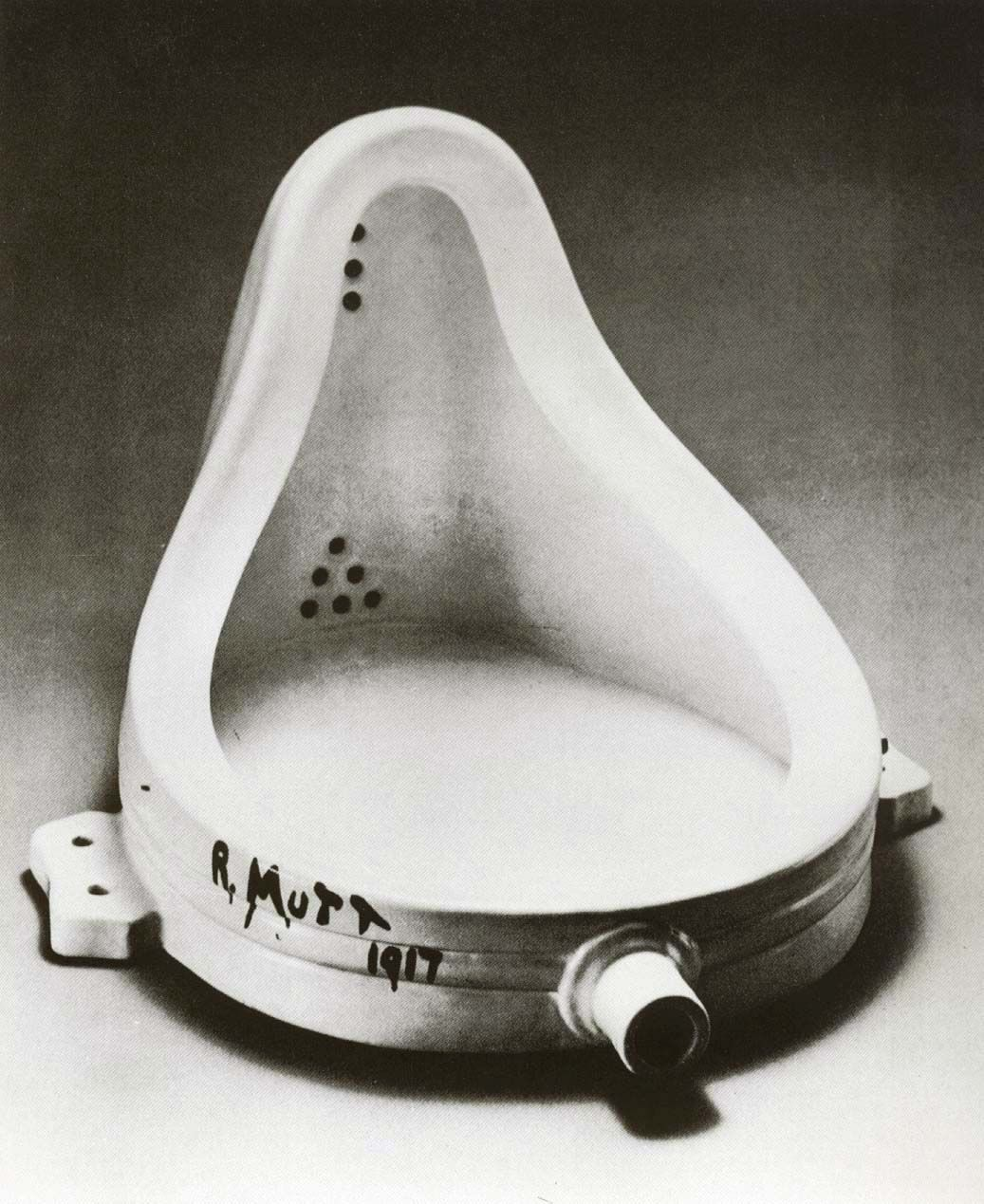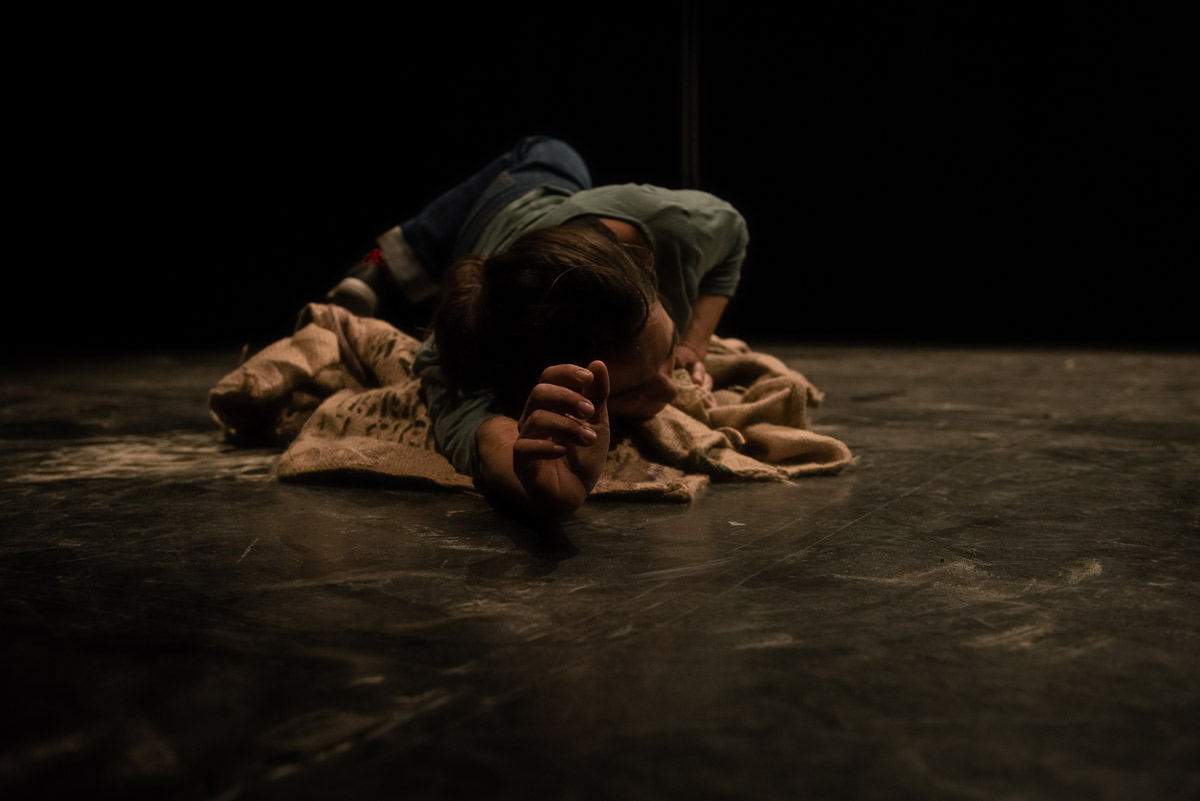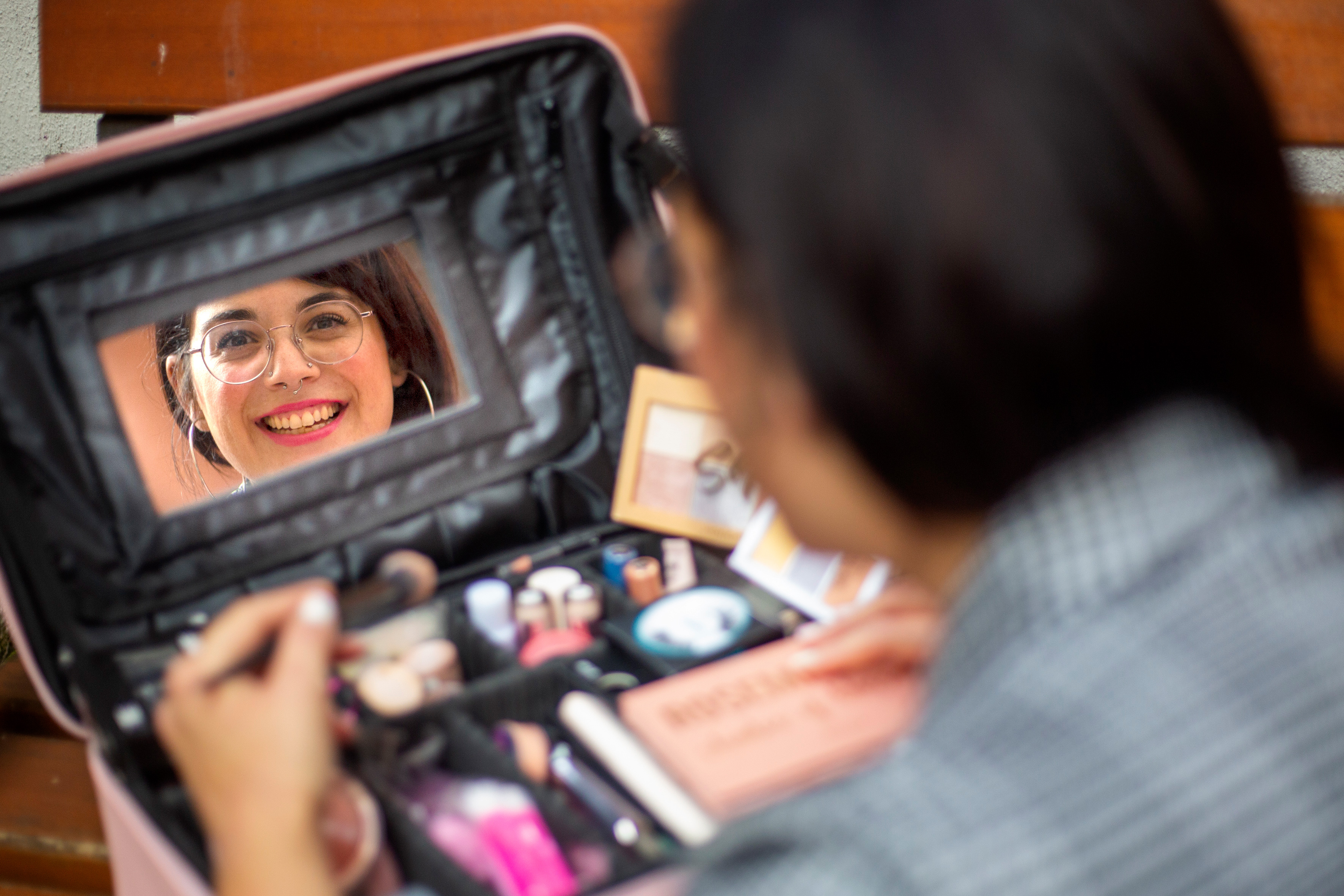Amazon that drove to Dada
- Like so many other female artists, Elsa von Freytag-Loringhoven (1874-1927) was eradicated from the official history of the avant-garde, despite being as passionate as innovative the essence of her artistic activity.

He worked mainly within the Dadaist movement of New York, until he became the only militant who carried out the Dadaists’ intentions, as he managed to turn his life and body into artwork. “Elsa is the first American given, she is given jantzi, given maitada and given is the only one who lives,” wrote literary criticism Jane Heap in Little Review magazine in 1922. Thus, he was the first performative artist to give the history of art and precursor to assembled or assamblages and ready-made sculptures. In other words, everyday objects that initially lack artistic value are considered art.
The work of Elsa von Freytag-Loringhoven (EvFL) is scarce in museums. Among the existing ones, for example, some raw poems filled with sexual content and onomatopenic sound: “Touching the leather is forbidden, as among the dead,” Baselina. Two or three sculptures, including the God of 1917, considered the first Dadaist work of the United States. There are also photos of Man Ray, a member of the Dadaist movement, with EvFL model. Despite its long shadow, it has been completely blurred, due to the transitoriness that its art allowed it. Another cause of this disappearance is the artists around it, mostly men, such as Duchamp, Man Ray, Arthur Cravan or Carlos Williams Carlos. Creative women were often undervalued until they were limited to mannequin functions.

A clear example of this silencing is the theme of the revolutionary artwork Font (La fuente) that Marcel Duchamp showed in 1917: in current research, EvFL is the author of one of the most important works of the twentieth century. This is suggested by French Duchamp in a letter sent to his sister artist Suzzane on April 17, 1917: R. The work was signed with the pseudonym Mutt in an exhibition by the Association of Independent Artists and named by Duchamp himself, and as the commissioner wrote, an artist's friend who used the pseudonym Richard Mutt sent him a porcelain urinal from the United States. It was placed in the exposition. “It was nothing dirty, there was no reason to dismiss it.” The urinal revolutionized the concept of art until then, as an everyday artifact was considered for the first time art. Duchamp, in exchange, offered his native author a single sentence: “It’s not futuristic, it’s future.”
Well, since the year 2000, several studies have been carried out on the artist of German origin, which have allowed more and more details about Elsa. An example of this is the book recently published by the Catalan publisher Arcadia, written by Joana Masó and Éric Fassin, in Elsa von Freytag-Loringhoven. The artist says her body at the forefront (Elsa von Freytag-Loringhoven. Artist who embodies the vanguard). It's just been published on the 150th anniversary of the artist's birth. “I live life with my passions, with me, since men are not men, but prostitutes (...). I still hold all my power – I am an Amazon – my tendency, no doubt, more than to prostitution, will lead me to despair and crime.”

Before learning about the Dadaist
atmosphere of New York, EvFL, at the age of 19, began his artistic career through the lustrous cabaret nights of Berlin, fleeing the poisoned violence of his father. In addition to Maritzar, he worked as a statue for painters. It was precisely on the Berlin Chancellor's night that he met his first husband, the modernist architect August Endell, through whom he jumped into the painting. At age 30 he married writer Félix Paul Greve and at age 39 he married Leopold von Freytag-Loringhoven, from whom he arrived in New York.
Before, in 1903 and 1904, he moved to Italy to carry out his first happening, an artistic intervention without planning: He got access to the Secret Office of the Museum of Archaeology of Naples, which women could not access, as they showed erotic art pieces from Ancient Rome.
He walked through there, observing works of art that showed phallic objects and sexual images, in order to break the macho rules and established gender roles. There is no image of this activity.
And the same thing happened in 1921, in New York, when he was a barois, he expunged his pubis, with the help of Man Ray and Marcel Duchamp, to receive it in the stereoscopic film. In this performance called Elsa, EvFL was 50 years old and her body was far removed from the regulatory beauty associated with youth. This activity was also not mistakenly recorded in the shoot; however, Man Ray retained some image and referred it to the Dadaist authority Tristan Tzara in a letter.
In waste, “God”
In order to take industrial objects out of their usual context and give it a different artistic sense, EvFL resorted to garbage and caused in the art of garbage its most famous sculptures. Among them the God. of 1917. It's an iron tube piece, inverted onto a box of wood fillets. According to some opinions, the phallic aspect of the piece represents the authority of God. God and the Urinal are two overlapping works, among other things, because they were built in the same year. God was deposited at the Museum of Art in Philadelphia (USA) and Morton Livingston Schamberg was named author of the work. But then the organization also had to recognize EvFL's authorship. EvFL discovered the parts that make up the work and Schamberg mounted it and photographed it.
Another of EvFL’s famous residual sculptures is the 1913 Enduring Ornament. Contemporary of the first ready-made by Marcel Duchamp, Roue de bicyclette (The bicycle wheel) is a large metal ring, as an arm, which was about to marry the Baron de Leopold von Freytag-Loringhoven. “The perseverance he announced in his title was never fulfilled, as Leopold entered the army at the outbreak of the First World War and Elsa did not see it again until 1919, when he committed suicide in Switzerland.” This is what Joana Masó and Éric Fassin say in Elsa von Freytag-Loringhoven. In The artist who says body at the vanguard.
The death of Dadaísta Baroisa also occurred by suicide, with the inhaled portal gas, without centigrade and localized, on 14 December 1927, in Berlin, was destroyed by the First World War.
[NOTE: For the elaboration of this text he helped Elsa von Freytag-Loringhoven, written by Michiko Kamba, collected in number 6 of fanzine Pop Pilulak. Article Dada Baronesa.]
Children have, and some adults have not lost the tendency to creation. Perhaps all of us who tend to immerse ourselves in creation will not do nice jobs, but I think the experience is similar: when you are there you can put aside many things to have a good life in this world:... [+]
Emakume sortzaileak biltzen dituen Dinagu kolektiboak azoka antolatu du martxoaren 12an, Aiaraldeko Faktorian (Laudio). Emakume sortzaileen lana bisibilizatzea eta sortzaileen beharretara egokitzen diren ekimenak sortzea helburu, “herriz herri sortzaileak batuko dituen... [+]
“Barraka” abentura bideo-joko umoretsua garatzeko urtebete izango du Ibai Aizpurua diseinatzaile eta programatzaile irundarrak. Horretarako 15.000 euroko laguntza irabazi du Durangoko Azokaren laugarren sormen bekan.
Dinagu Emakume Sortzaileen Kolektiboa Donostiako Egia auzoan, Teila Fabrikan, izango da abenduaren 18an eta 19an. Kolektiboa emakume sortzaileen lanei ikusgaitasuna emateko sortu zen duela hiru urte.






















